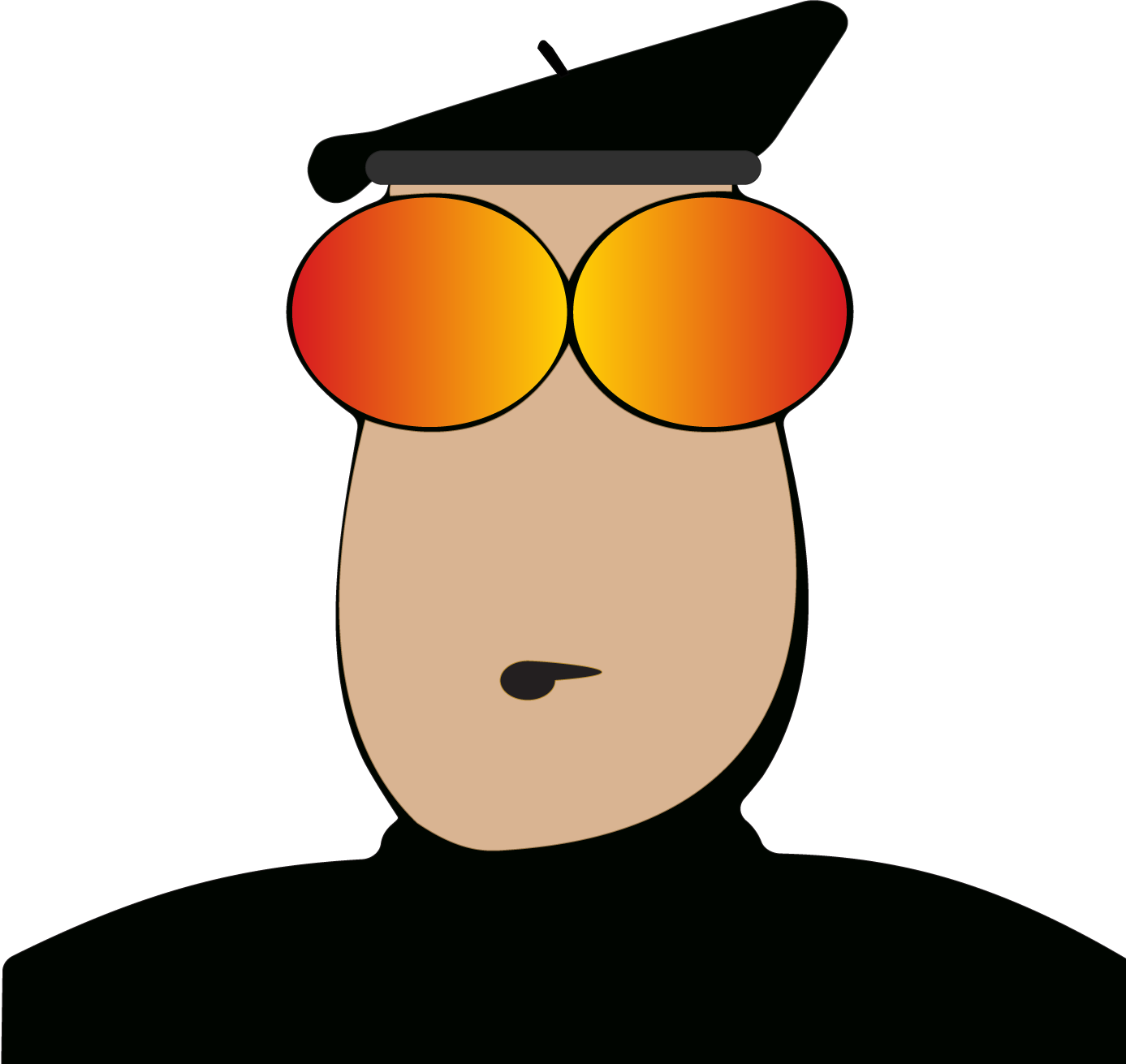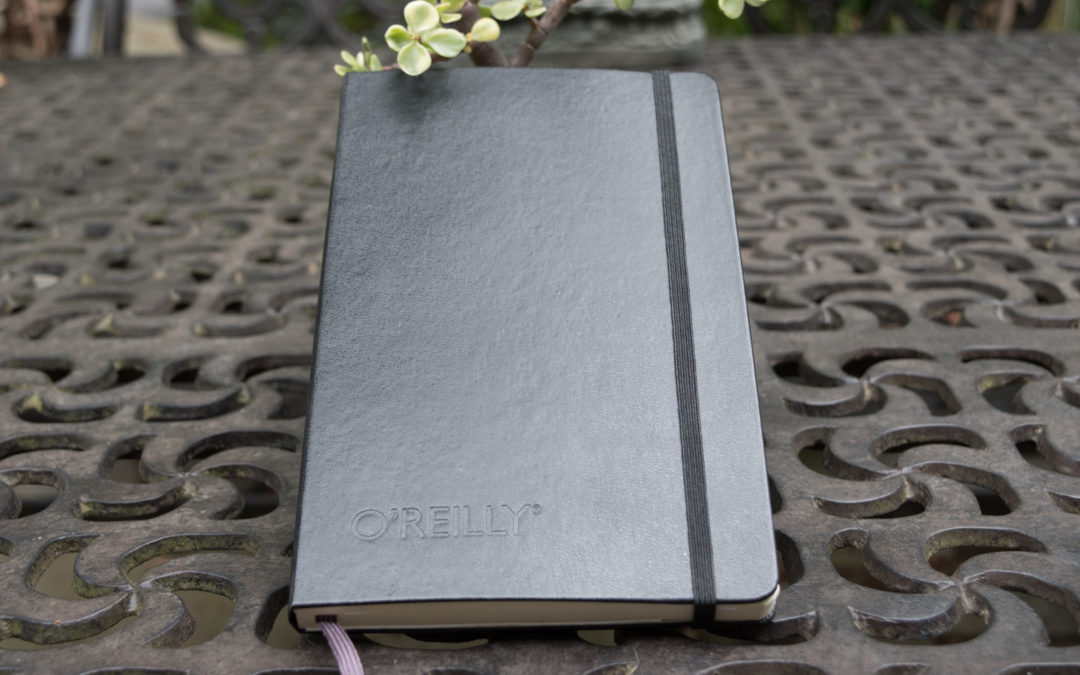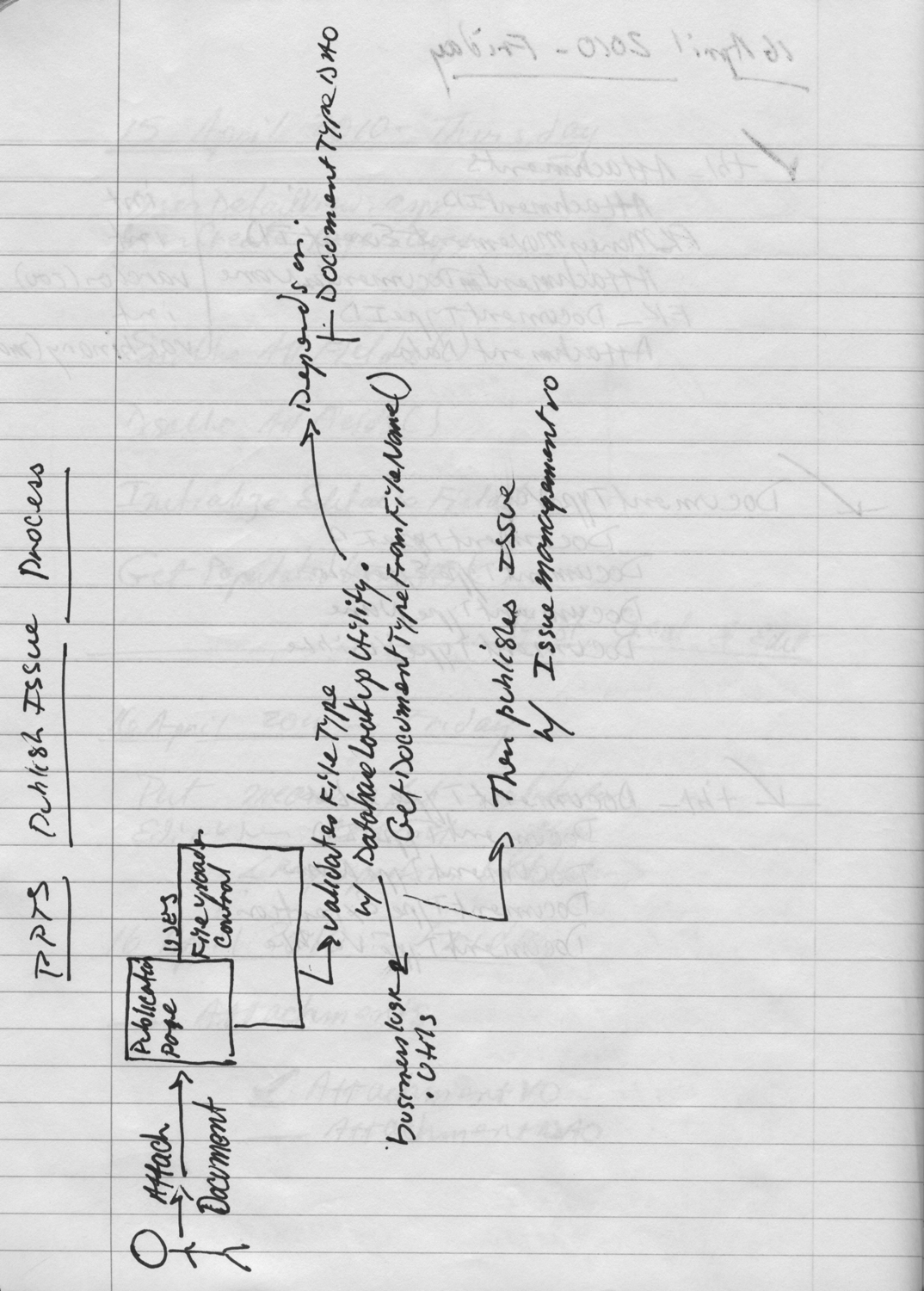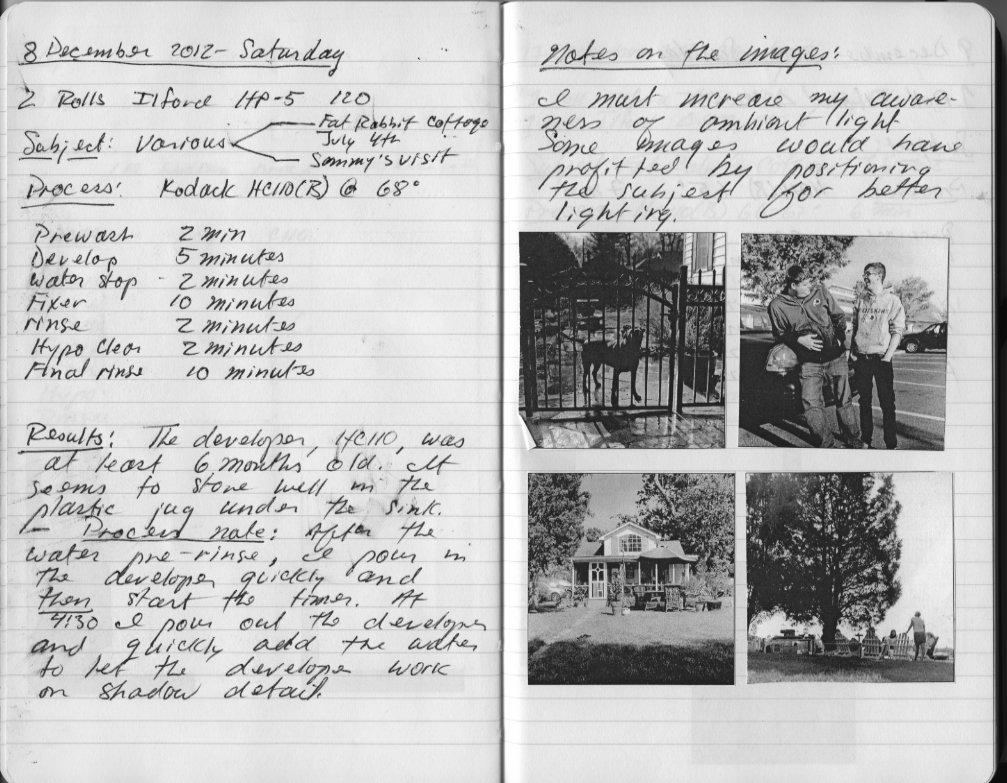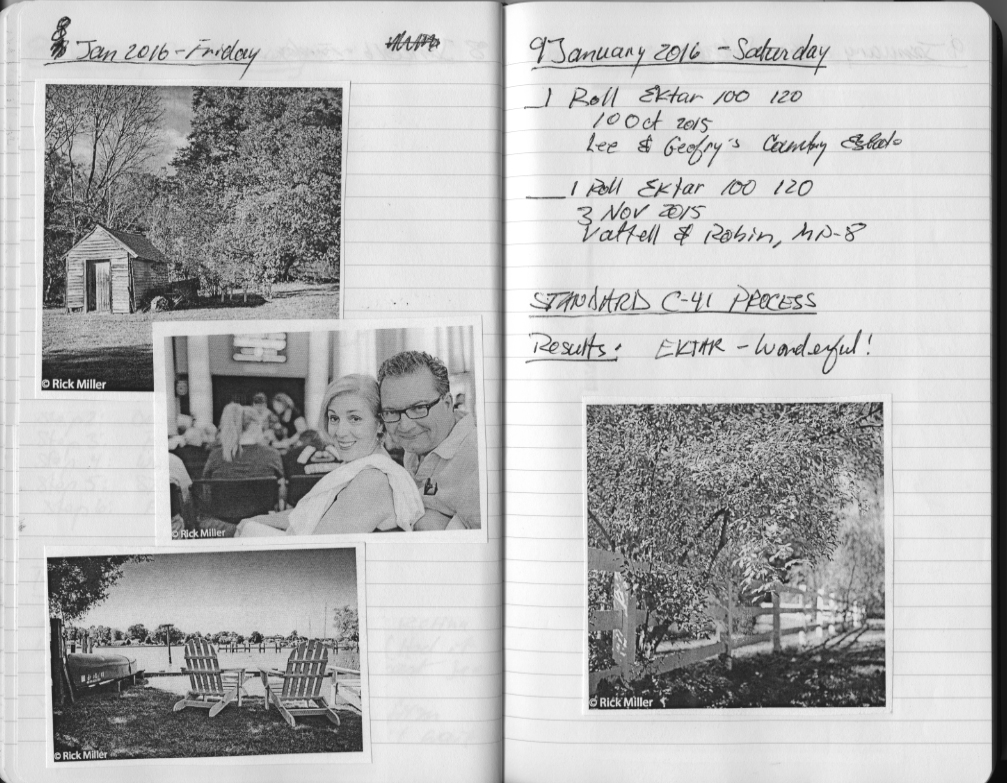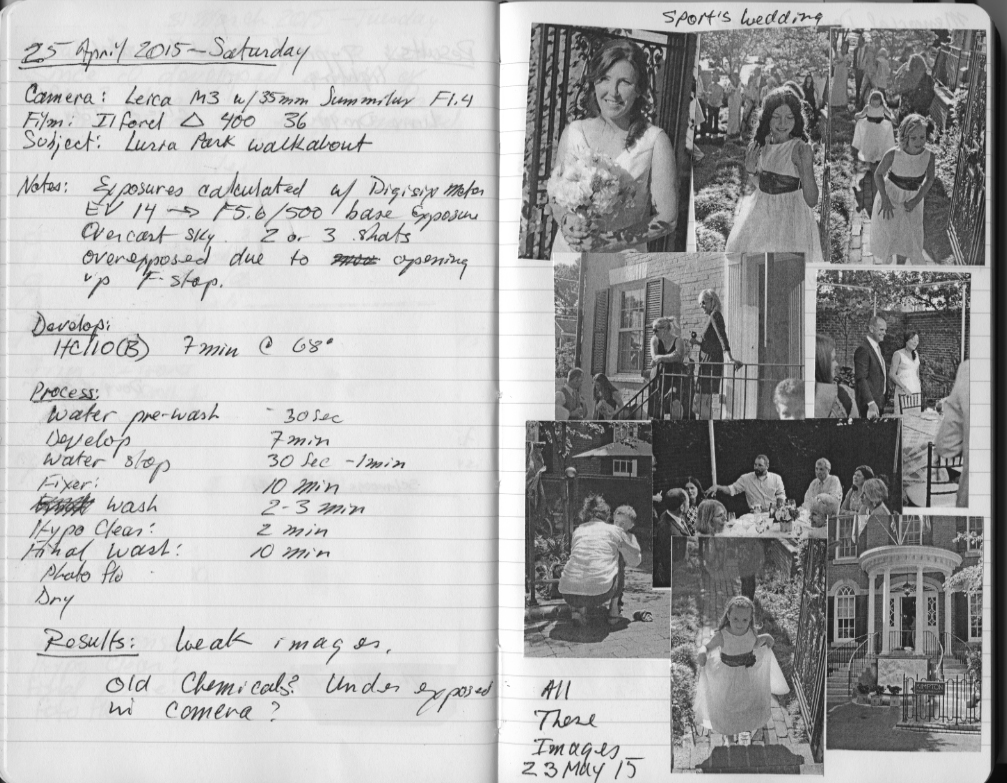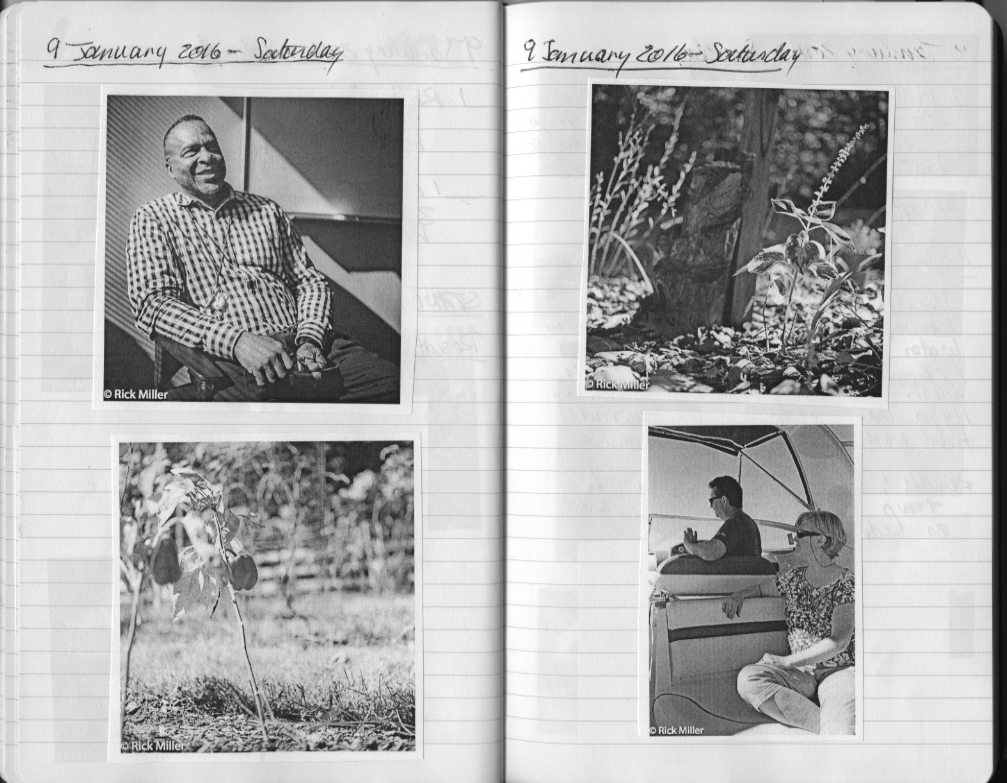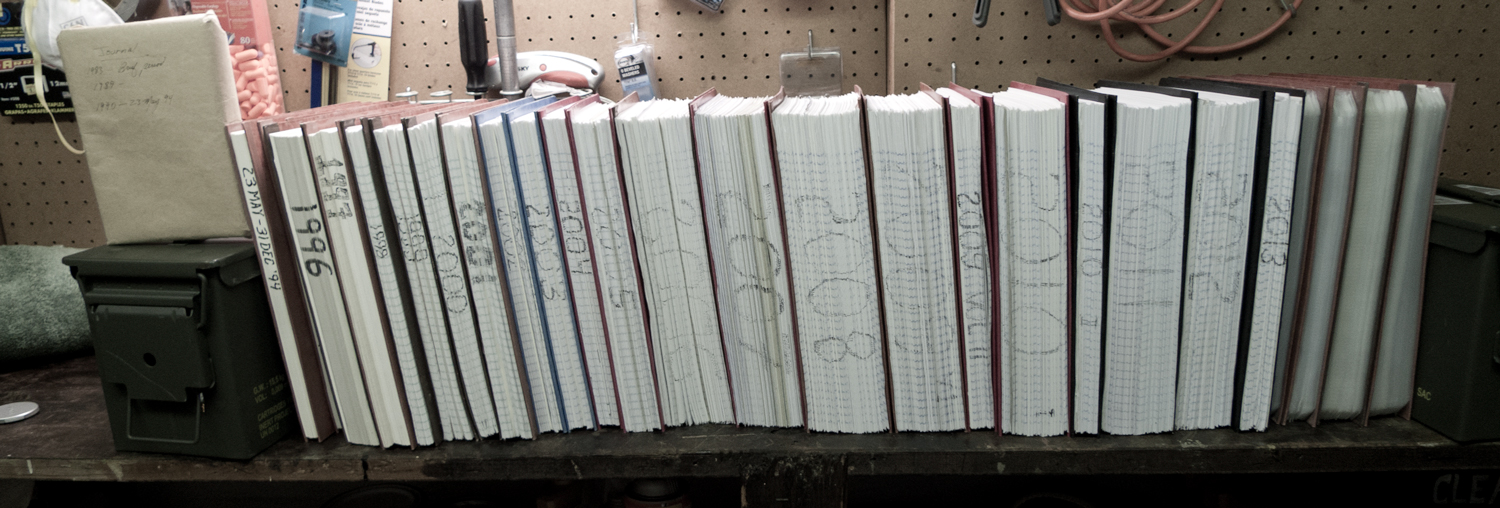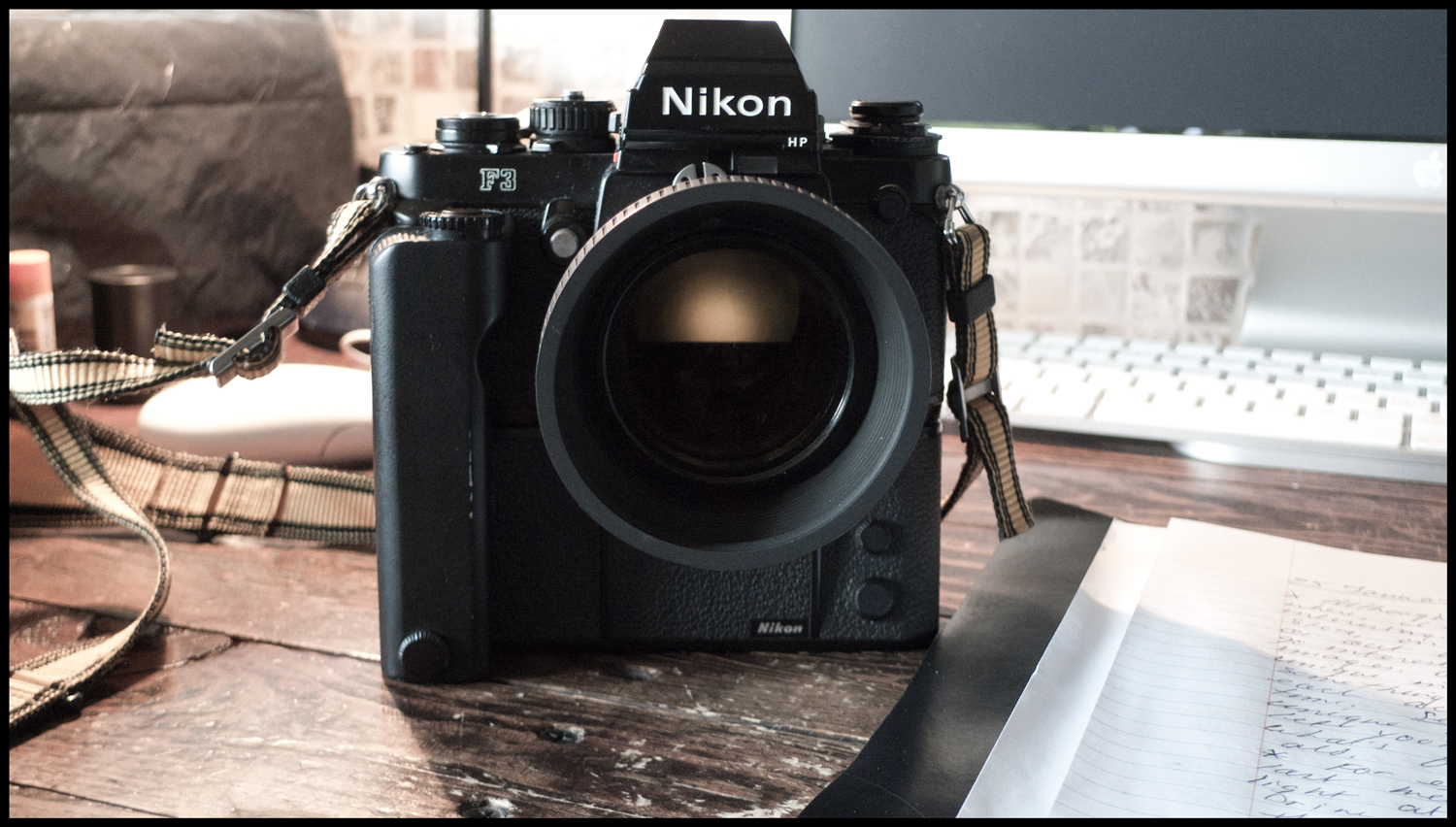This being my first Technique post, I thought the best place to start would be to share with you what I believe to be the most important tool one can utilize to improve upon most any aspect of their life, especially one that involves some sort of process or methodology, and that is the practice of keeping a journal. Pictured above is my Film Development Journal in which I keep notes on chemical mixtures, development processes, results, and perhaps most importantly, reflections on what went right and what went wrong during a particular development run and notes on where and how to make improvements. As a software engineer, I’ve always kept an “Engineer’s Notebook” where I record program design diagrams, code snippets, and other related material.
So when I wanted to up my film development game I started a film development journal. Soon after I started the journal I wanted some way to better gauge results and progress over time, so I started printing small prints of my photographs, thumbnails I guess you’d call them, and pasted them into the journal adjacent to the process notes.
Over time, the images I pasted into the development journal began to help me with my composition and framing. I think it’s because a small image allows you to take in the whole frame, whereas a large image forces your eyes to focus upon certain elements within the frame. (If you step back far enough and squint, you can achieve the same effect with a large image.)
A typical journal entry begins with the date at the top of the page, followed by notes on the camera, film, and subject. ( I wish I had started keeping a development journal back in the early 80’s for these three lines of information alone.) I follow this with notes regarding exposure or anything else I think will help improve the development process. I then note the developer used and the development process step-by-step. Yes, I do this every time I develop film because although the overall process is the same (pre-rinse, developer, stop bath, fixer, rinse, hypo-clear, final rinse…for black and white film, anyway…), the chemicals used, stage times, and other techniques utilized during processing vary based on film type and temperature.
When the film has dried, I immediately cut it into strips and scan it using a Nikon Super CoolScan 9000ED. It’s the only piece of electronic computer-related gear I’ve ever bought that has appreciated in value.
If you don’t develop film, a journal can still come in handy. As I learned how to use Adobe Lightroom, Photoshop, and other photography related software, still an ongoing process I assure you, I keep notes on steps and techniques. There have been many times where I wanted to apply a particular manipulation but couldn’t remember off the top of my head the steps involved. Journal notes to the rescue. So, if you want to improve your technique, regardless of genre, I think you’ll find a journal will quickly become the most important tool at your disposal.
